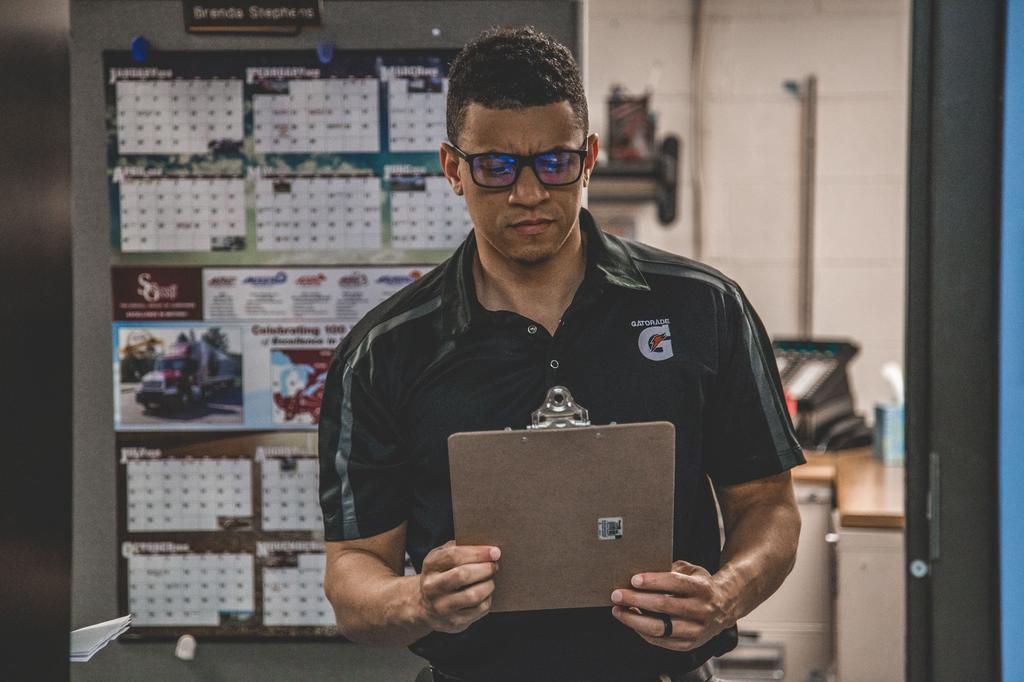Top 10 logistics trends to look out for in 2023 and beyond
)
1. Automation
Systems integration is used to automate processes in a business to take over human labour-intensive tasks from people. It assists logistics organizations in improving productivity, delivery accuracy and speed, cost reduction, time and space optimization, error reduction, and reduce the frequency of workplace accidents.
CHECK OUT: Logistics automation market size 2023 - 2030
2. Autonomous transport
The use of autonomous vehicles, or cars that can drive themselves, is a trend that looks set to gain momentum in the upcoming years. Although this method of transportation is plagued by drawbacks such as poor security, it also has benefits like cheaper prices and quicker deliveries. It also promises to increase output and lessen the discomfort brought on by driver weariness.
3. Drone delivery
Drone delivery is another trend that was developed by the enormous retailer Amazon and is expected to lower transportation costs and speed up delivery. Although some businesses around the world now employ these systems for tasks like, pizza delivery, the widespread adoption of this technology faces obstacles including size and weight limitations, absolute autonomy time in the air, and adaptation to fit and condition goods safely and lawfully.
4. Internet of things
The internet of things involves the integration of the widest range of electronic goods through an Internet connection. This technological development has become more and more prevalent in the logistics industry, earning the nickname “Intelligent Logistics,” as it makes it possible to monitor industrial processes in real-time and make it easier to control logistical processes by making it easier to identify the status of goods while they are being transported.
5. Use of sensors on items
One straightforward application of the “Internet of Things” in logistics is the use of sensors to track the movement of products. These devices have a long lifespan and can send information through gateways, which are intermediary units used, among other things, to connect networks. The sent data can be seen on a map, enabling continuous shipment status monitoring.

6. Green logistics
Green Logistics or eco-logistics was deployed when traditional logistics was deemed to be influential on the contamination of the planet. The goal of green logistics, while maintaining storage, distribution, and transportation, is to be successful in revamping the logistical processes so that it is possible to lessen the industry’s impact on the environment.
CHECK OUT: 6 sustainable logistics trends
7. Collaborative economy
The Uber app is the most prominent example of the collaborative economy movement, which has gained popularity in the logistics industry. Application forms have options for outsourcing shipping operations to specialist businesses, using third-party warehouses, or leasing autonomous fleets, all of which have the effect of streamlining operations, cutting costs, and enhancing customer satisfaction.
CHECK OUT: The rise of the sharing economy
8. Using data intelligently
A logistics company has a vast amount of data at its disposal. In order to enable effective predictive analysis, it is crucial to make intelligent use of the data supply chain by connecting and integrating this information from a suitable platform. This shortens delivery times and improves market and consumer behaviour understanding.
CHECK OUT: 10 examples of big data logistics
9. Early delivery
In order to provide the best solution for what the consumer is looking for, it is essential for the business to maintain track of the history of prior orders and searches made by the customer. This tactic not only increases the effectiveness of predictive analytics but also has the potential to increase customer retention and draw in new clients who are interested in receiving individualized care.
Under this cutting-edge delivery method, which was also developed by Amazon, the item is already out of stock when the customer places their order.
CHECK OUT: Early isn't the same as on time

10. Blockchain and smart contracts
The registration system that ensures the security of transactions made with Bitcoin cryptocurrency is known as the blockchain, and it serves as a form of accounting book. Nevertheless, the system goes much further, and a new development in the logistics industry is the use of smart contracts (Smart Contracts). These contracts are computerized transaction protocols with the capacity to carry out the payment process automatically when a contract is satisfied. Using this technique makes it possible to prevent disputes with debtors, among other things.
)
)
)
)
)
)